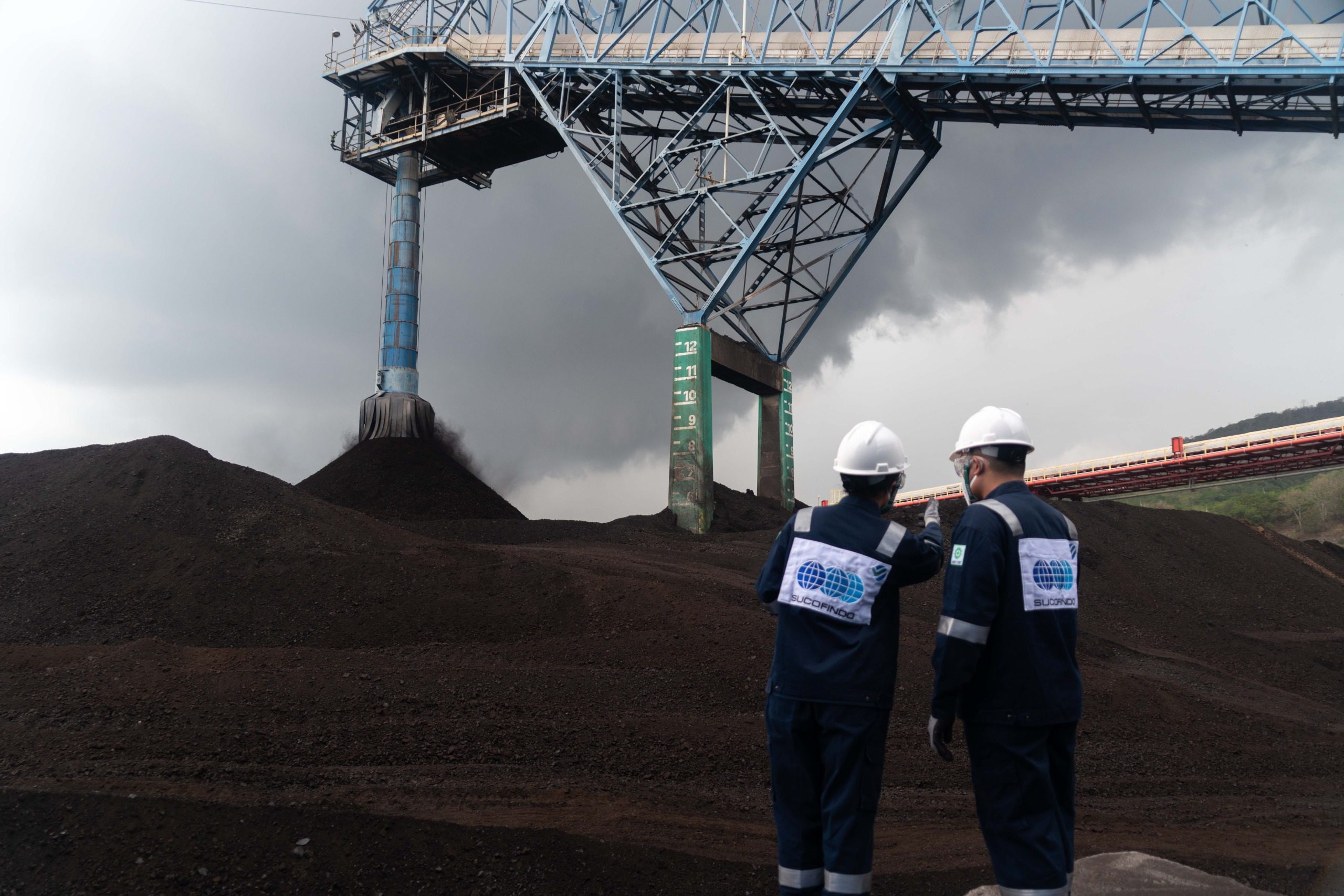SLO is the process of granting certificates by authorized authorities, usually independent certification bodies, to an entity or facility indicating that they meet certain standards or requirements to operate. SLO generally relates to operational safety and compliance with applicable regulations and standards. Some examples of areas where this certification is often applied include:
- Transportation: Transportation facilities such as airplanes, railways, and ships may require SLO to demonstrate that they meet established safety standards and can operate safely.
- Manufacturing Industry: Manufacturing plants or facilities may require SLO to demonstrate that they comply with industrial safety and environmental standards.
- Energy Sector: Power plants, gas installations, or other energy facilities may require SLO to demonstrate compliance with safety and environmental standards.
- Tourism and Entertainment: Entertainment venues, recreational parks, or amusement parks may require SLO to ensure visitor safety and compliance with safety regulations.
- Environment: Facilities handling waste management or hazardous materials may require SLO to ensure that their operations do not endanger the surrounding environment.
The process of granting SLO typically involves inspection by competent authorities or independent certification bodies. Entities that successfully meet the requirements will be issued a certificate or license indicating that they are deemed “fit to operate” according to applicable standards. This certification aims to protect public safety, health, and security by ensuring that operating entities or facilities comply with specific standards. SLO holders are expected to maintain and continually update their compliance with established requirements to remain “operationally fit” over time.
SLO and Hazardous Waste Management
Hazardous material management is a crucial aspect in various industrial sectors. These materials can have serious impacts on the environment if not managed properly. Therefore, SLO plays a crucial role in ensuring that entities or facilities involved in hazardous material management comply with strict safety and environmental standards. SLO itself plays several roles in hazardous material management, and this certification is key to ensuring sustainability and environmental protection.
- Hazardous Materials and Environmental Challenges
Hazardous materials are substances that have the potential to cause damage or hazards to the environment and human health if not properly managed. These chemicals can come from various sources, including production processes, industrial waste, chemicals, and other toxic substances. The main challenges in managing hazardous materials include:- Soil and Water Contamination: Improperly disposed or leaked hazardous materials can contaminate the soil and water around the site. This can threaten ecosystem sustainability and cause damage to natural resources.
- Toxin Exposure: Exposure to hazardous substances can have serious impacts on human and animal health. This can cause various health problems, including organ damage, cancer, and reproductive disorders.
- Fire and Explosion Risks: Some hazardous materials are flammable or explosive. Poor management can increase the risk of accidents, fires, and explosions that can have significant impacts on the surrounding environment.
- Key Role of SLO in Hazardous Material Management
SLO is a process whereby facilities or entities obtain a certificate indicating that they meet certain standards and are considered “fit to operate” by authorities or independent certification bodies. In the context of hazardous material management, SLO plays an important role in the following aspects:- Quality Control and Process Safety: One of the main aspects of SLO is the assessment of production or operational safety and quality. By ensuring that production processes comply with strict standards, this certification helps control the release of hazardous materials during various production stages.
- Implementation of Environmental Safety Standards: Obtaining SLO often requires compliance with environmental safety standards set by regulators or industries. This includes waste management, pollution control, and other actions to protect the environment from the impacts of hazardous materials.
- Tracing and Reporting: SLO requires an effective traceability system for hazardous materials. This allows for the rapid identification of the origin of hazardous materials in the event of incidents or problems. Accurate and transparent reporting is also an integral part of this certification process, helping stakeholders understand and evaluate environmental impacts.
- Employee Education and Training: Part of the SLO requirements is to ensure that employees involved in operations involving hazardous materials have adequate knowledge and skills. Employee training helps prevent accidents and ensures proper handling of hazardous materials.
- Regular Audit and Supervision: SLO holders must undergo regular audits and supervision by third parties or authorized authorities. This ensures that they continue to meet established safety and environmental standards. This monitoring helps prevent violations and identify areas for improvement.
- Environmental Benefits of SLO
The implementation of this certification in hazardous material management has a significant impact on the environment. Some of its benefits include:- Reduction of Environmental Pollution Risks: By ensuring compliance with environmental safety standards, SLO helps reduce the risk of soil, water, and air pollution.
- Conservation of Natural Resources: Efficient waste management and pollution control help conserve natural resources and minimize negative impacts on ecosystems.
- Protection of Public Health: By reducing exposure to hazardous substances, SLO contributes to the overall protection of public health.
- Preservation of Ecosystems: Through responsible hazardous material management, SLO helps conserve ecosystems and biodiversity.
SLO is a very important instrument in hazardous material management to protect the environment and the health and safety of the public. By ensuring compliance with strict safety and environmental standards, this certification helps minimize the risks of pollution and environmental damage caused by irresponsible hazardous material management. Through effective implementation of SLO, companies can achieve better environmental sustainability and enhance the well-being of ecosystems, including humans, animals, and plants.
For more information about certification services and the Construction Sector, you can read our article here. If you and your company need further information about our services, please contact and consult with us here.







